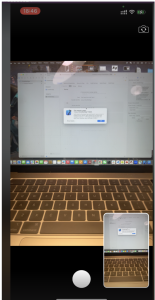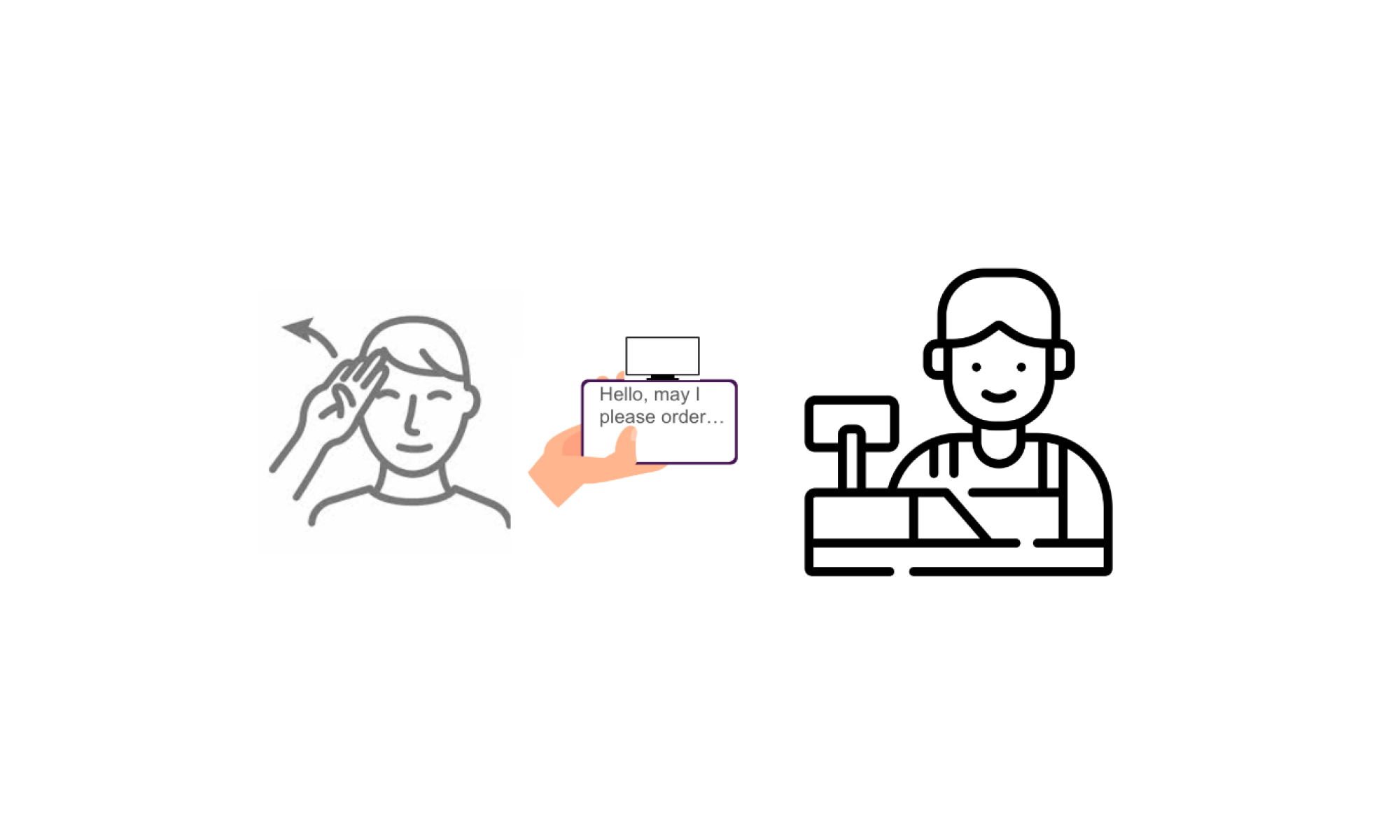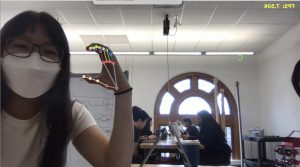Main Accomplishments for This Week
- Design Review presentation

- Swift language and Xcode environment setup
- Initialization of mobile app with camera capabilities

- Ordered and picked up inventory items purchased (battery, oled screen and eink screen)
- Beginning of ML model training for dynamic signs
Risks & Risk Management
- Currently no significant risks for the whole team, but some issues encountered by teammates are as follows:
- One issue raised an issue that the Xcode-simulated iPhone does not have a camera implementation, so we are doing further research and testing to be able to use the iPhone camera in our app and integrate it with the rest of our code.
- Another issue encountered was the significant amount of data that will be needed to produce an accurate ML model, as well as foreseen issues with integrating multiple data sets. Our team is mitigating risks relating to this by taking advantage of an iterative approach to training and testing the ML model with the CV processing.
Design Changes
- No design changes
Schedule Changes
- No schedule changes for now. However, if the intermediate integrations don’t go well, we probably will use spring break time to work on this

